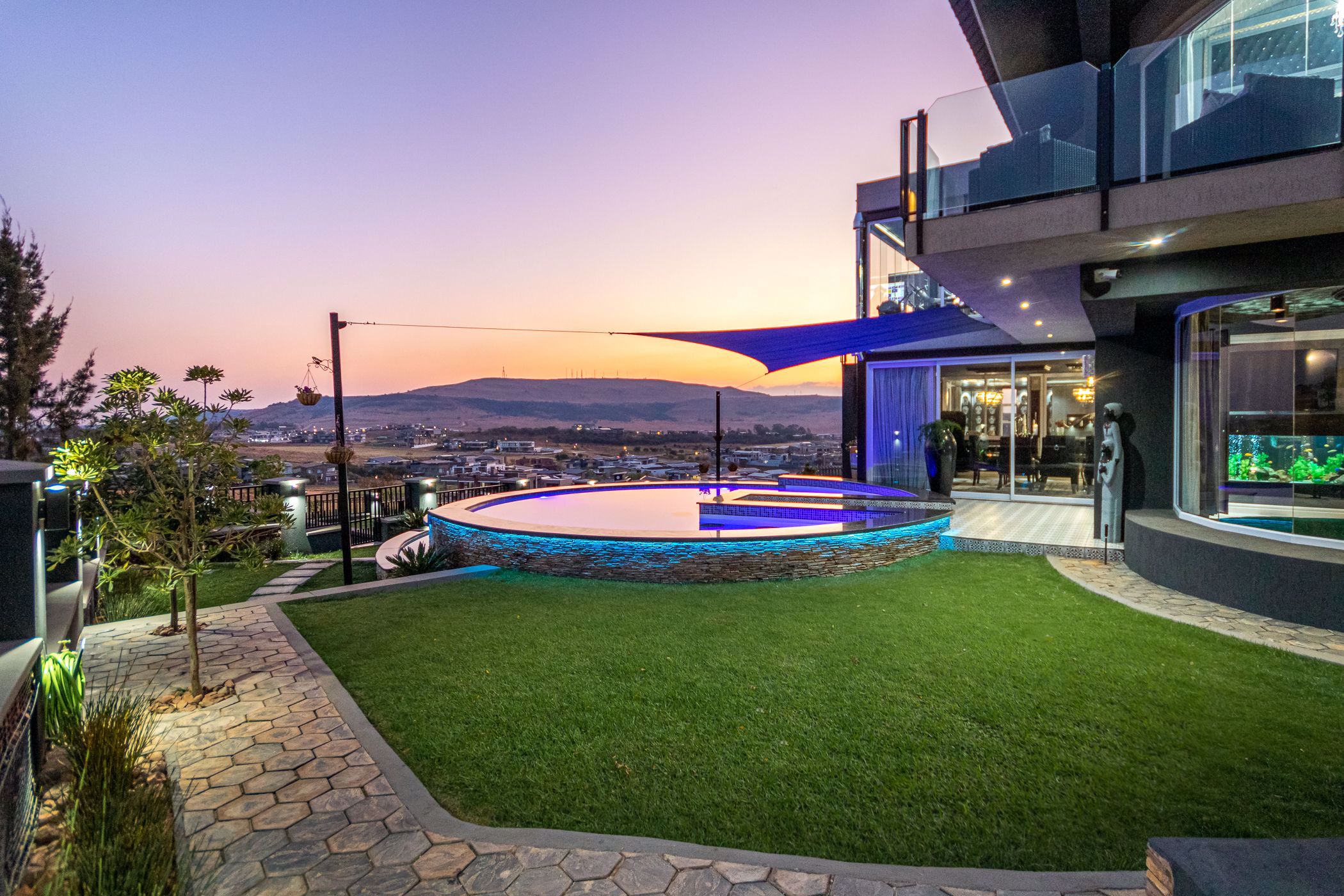The Eye of Africa

The Eye of Africa, also known as the Richat Structure, is a remarkable geological formation located in the Sahara Desert of Mauritania. This unique landform has captivated scientists and adventurers alike for centuries, inspiring awe and wonder with its distinctive circular shape and intricate patterns.
The Formation of the Eye of Africa
The Eye of Africa’s formation is a testament to the powerful forces that have shaped our planet over millions of years. It is believed to be a highly eroded, deeply uplifted, and slightly tilted dome-shaped structure. The dome’s core is composed of Ordovician to Silurian rocks, while the surrounding layers are made up of younger sedimentary rocks. The erosion of these layers over time has exposed the underlying rock formations, creating the distinctive concentric rings that give the Eye its name.
The Eye of Africa is not a crater, as some might assume. It is a unique geological formation created by a combination of tectonic uplift and erosion.
The rings of the Eye are not uniform in their composition. They consist of different types of rock, including breccia, sandstone, and volcanic rocks. The central part of the structure is dominated by a ring of resistant quartzite, which has resisted erosion more effectively than the surrounding rocks. This has created a raised rim that gives the Eye its prominent appearance.
The Significance of the Eye of Africa
The Eye of Africa is a valuable site for geological research. Its unique structure provides scientists with a glimpse into the Earth’s history and the processes that have shaped our planet. The formation also offers insights into the geological evolution of the Sahara Desert and the surrounding regions.
Furthermore, the Eye of Africa is a significant landmark for the local population. It is a symbol of the region’s natural beauty and cultural heritage. The structure has been used for navigation and as a reference point for centuries.
The Impact of the Eye of Africa
The Eye of Africa’s impact on the surrounding landscape is significant. The erosion of the dome has created a series of valleys and ridges, shaping the topography of the region. The structure also influences the local climate, as its presence creates a microclimate that is distinct from the surrounding desert.
The Eye of Africa’s unique geological features have also attracted tourism, bringing economic benefits to the region. The site has become a popular destination for adventurers, photographers, and geologists, contributing to the local economy through tourism revenue.
An 8-Bedroom House
Imagine a sprawling 8-bedroom house nestled within the breathtaking landscape of the Eye of Africa. This luxurious retreat would offer an unparalleled escape, blending modern comfort with the natural beauty of its surroundings.
Layout and Design
The house would be designed to maximize both privacy and connection with the surrounding environment. Each bedroom would be a sanctuary, featuring large windows that frame views of the vast expanse. The layout could incorporate a central living area, seamlessly flowing into a spacious dining room and gourmet kitchen. A large, open-air terrace would provide a perfect space for entertaining guests, with panoramic views of the African landscape.
Interior Design and Décor, 8 bedroom house in eye of africa
The interior design would reflect the spirit of the Eye of Africa, drawing inspiration from the rich colors and textures of the surrounding environment. Earthy tones, natural materials, and handcrafted elements would create a sense of harmony and tranquility. Local art and artifacts would add cultural richness, highlighting the unique heritage of the region.
Amenities and Features
This luxurious retreat would be equipped with a range of amenities designed to enhance the experience. A private swimming pool would offer a refreshing escape from the African sun, while a state-of-the-art fitness center would cater to those who prefer an active lifestyle. A dedicated chef would cater to the culinary desires of guests, providing personalized menus that showcase the flavors of Africa.
Living in the Eye of Africa: 8 Bedroom House In Eye Of Africa

Imagine waking up to the breathtaking beauty of the African landscape every day, surrounded by nature’s wonders. Living in the Eye of Africa, a remote and unique location, presents both challenges and rewards, offering a lifestyle unlike any other.
Lifestyle and Activities
Living in the Eye of Africa offers a unique opportunity to connect with nature and embrace a slower pace of life. Here are some activities you can enjoy:
- Wildlife Viewing: The Eye of Africa is home to a diverse range of wildlife, including elephants, lions, giraffes, and zebras. Embark on thrilling safaris and witness the wonders of the African wilderness firsthand.
- Birdwatching: The region boasts an abundance of bird species, making it a paradise for birdwatchers. Observe colorful parrots, majestic eagles, and other avian wonders in their natural habitat.
- Hiking and Trekking: Explore the rugged beauty of the surrounding landscape with hiking and trekking adventures. Discover hidden waterfalls, ancient rock formations, and breathtaking panoramic views.
- Stargazing: With minimal light pollution, the Eye of Africa offers unparalleled stargazing opportunities. Witness the Milky Way in its full glory and marvel at the celestial wonders above.
Local Culture and Community
The Eye of Africa is inhabited by indigenous communities with rich cultural traditions. Immerse yourself in their way of life and learn about their customs, beliefs, and stories.
- Traditional Crafts: Witness the artistry of local artisans as they create intricate beadwork, pottery, and other traditional crafts. Support their skills and acquire unique souvenirs.
- Cultural Festivals: Participate in vibrant cultural festivals celebrating local traditions, music, dance, and food. Experience the warmth and hospitality of the community.
- Community Involvement: Engage with local initiatives aimed at preserving the environment and supporting community development. Contribute to sustainable practices and make a positive impact.
